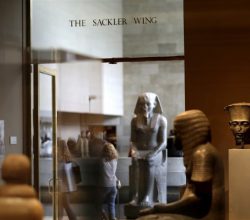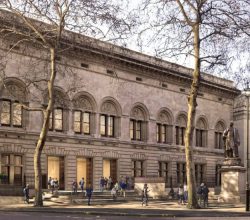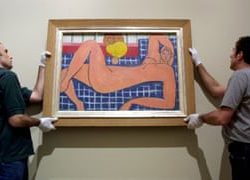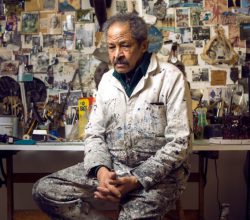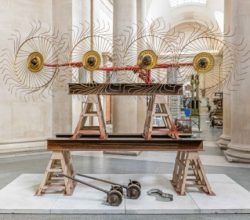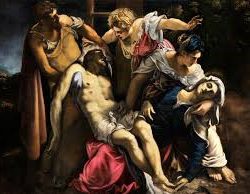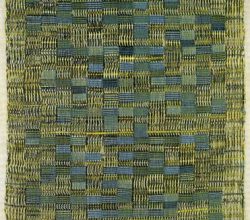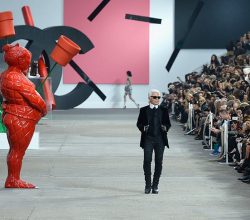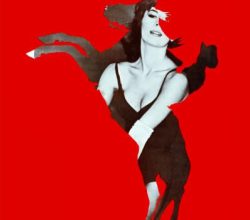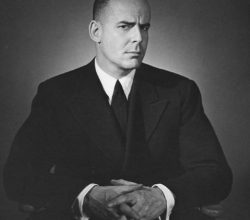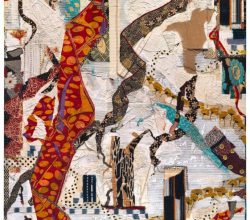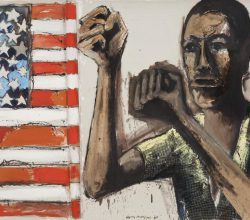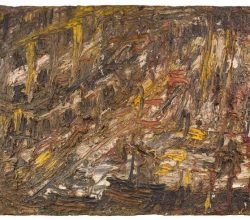
Leon Kossoff: A London Life
Joe Lloyd | Studio International | 1st April 2019
Kossoff’s subject is London – roads, buildings, tube stations, individuals. His early cityscapes are “bare and joyless but [they] have authority”. That was true of postwar London. His more recent work is lighter; a school building is “a mighty structure that seems to stand for something more lasting”. Says one critic “an oeuvre that is among the most original in postwar painting”.

